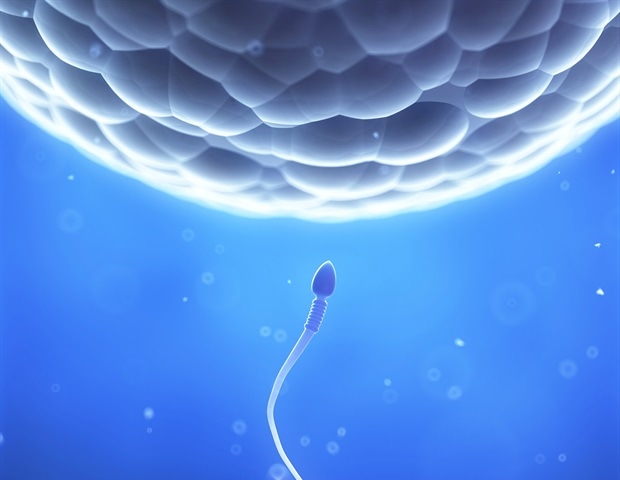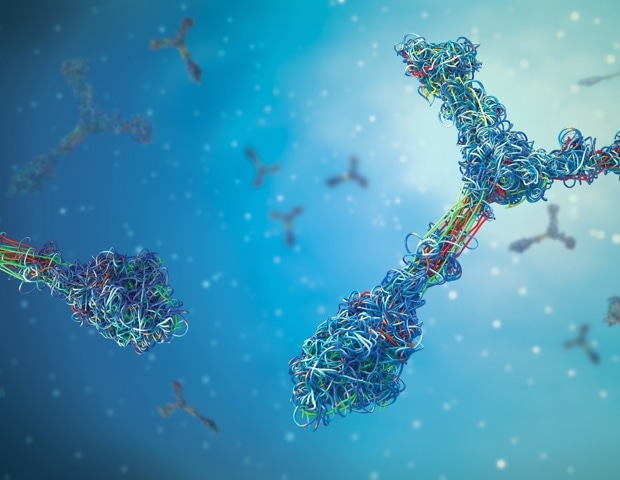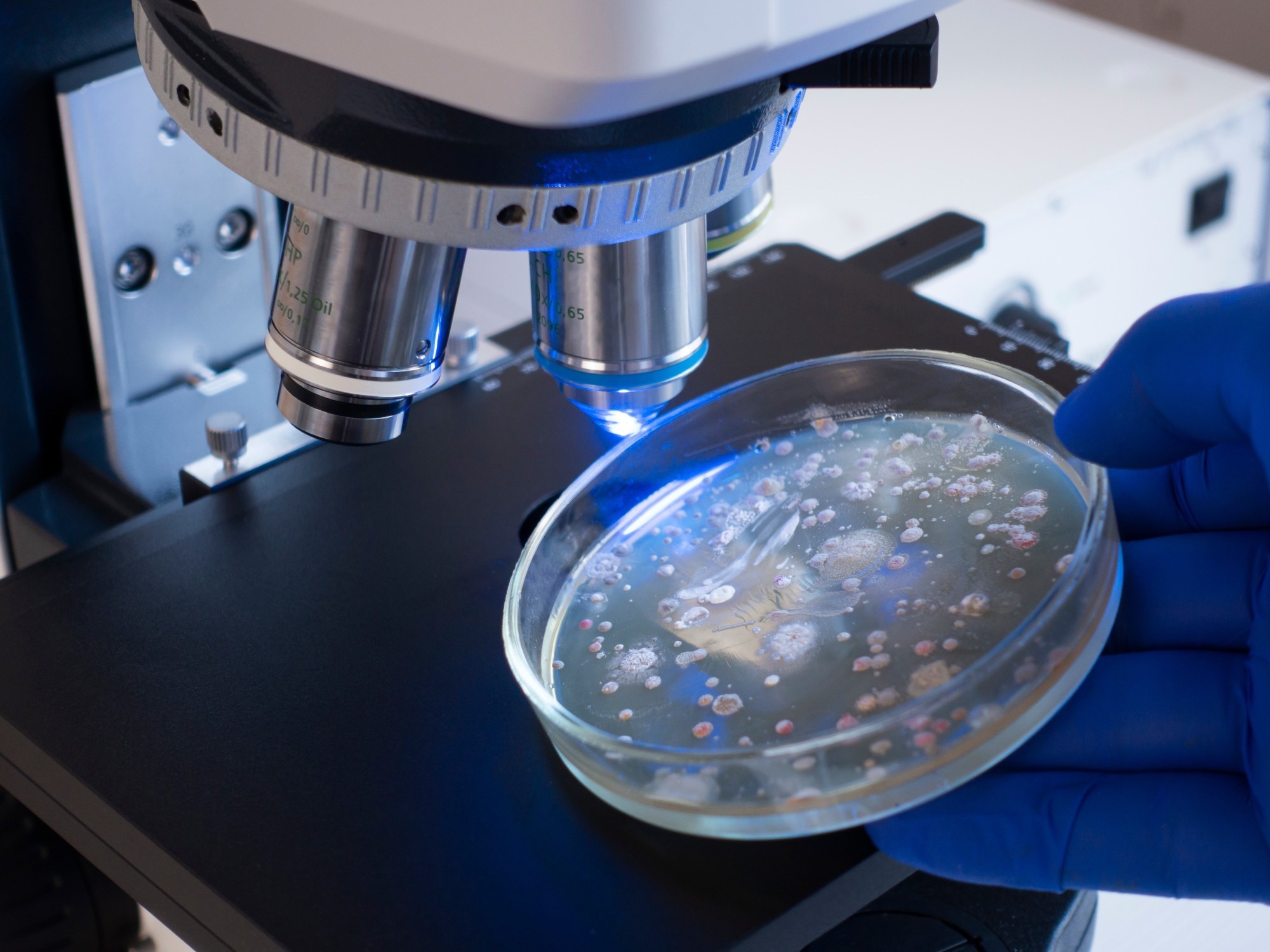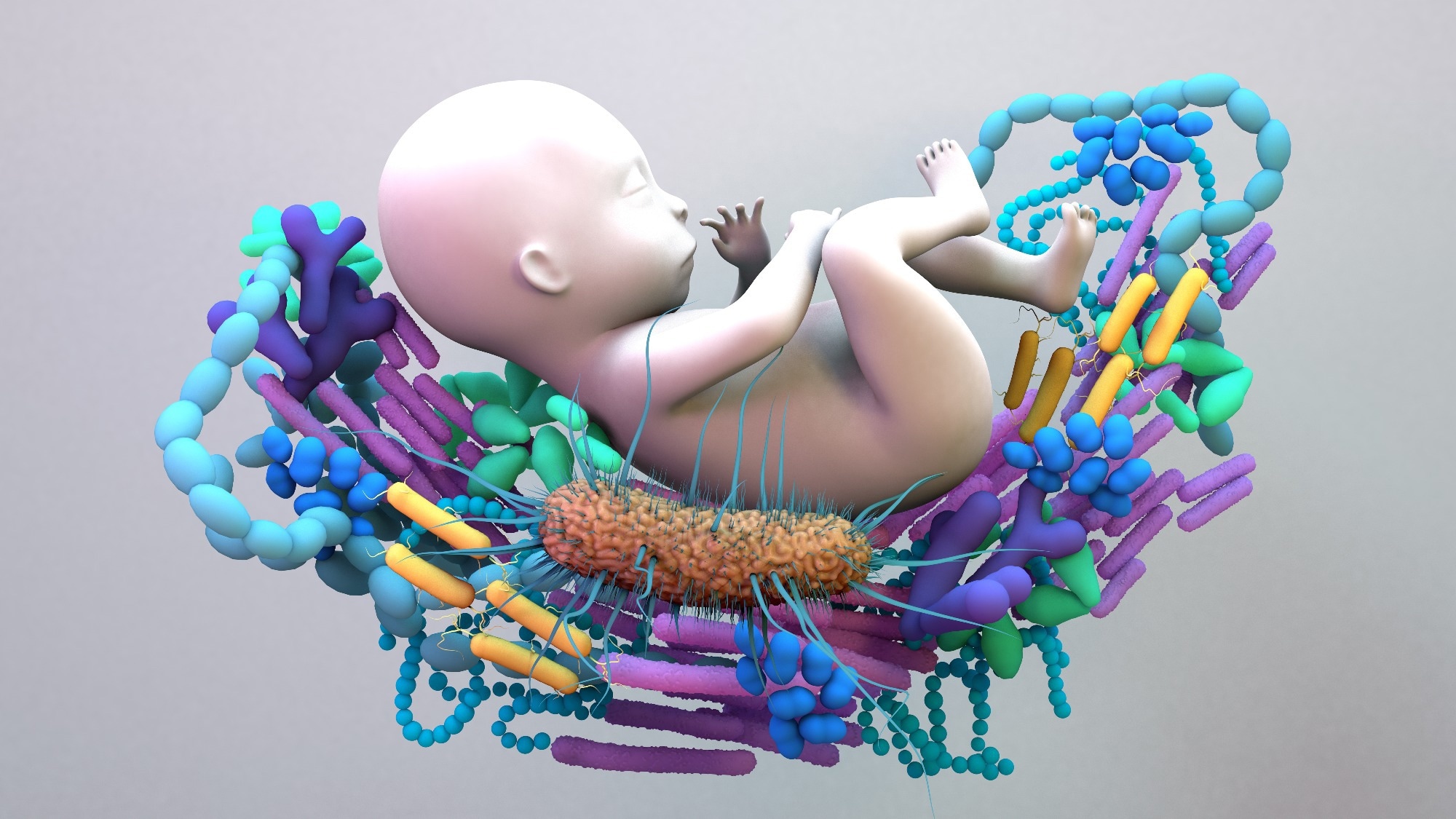At my 22-week pregnancy scan, I was most excited to find out if we’d be having a boy or a girl. I didn’t for a moment think that I’d be receiving any news other than that. When the ultrasound tech returned with the doctor, the doctor said, “Everything looks great.” before continuing, “There was just one abnormality.”
Wait, what? Just one abnormality?
My heart immediately started to race and I felt like I was going to throw up. There weren’t supposed to be abnormalities. The doctor could see how freaked out I was and explained that my baby had what is called a single umbilical artery.
I had never heard the term before. When my husband offered to Google the condition, there was good ol’ Wikipedia and a bunch of medical articles that didn’t feel very personal or easy to understand.
What is a single umbilical artery?
A typical umbilical cord has two arteries and one vein. A single umbilical artery (SUA) is an umbilical cord that has only one artery instead of the normal two. This condition is sometimes known as a two-vessel umbilical cord.
In case you’re not well-versed in the jobs of veins and arteries (I definitely wasn’t), the vein carries oxygenated blood from the placenta to the growing baby, while the arteries carry deoxygenated blood and the waste products from the baby to the placenta.
How common is a single umbilical artery?
SUA is fairly common, occurring in about 1 in 100 pregnancies for singleton pregnancies (when you’re carrying one baby) and about 5 in 100 multiple pregnancies (when you’re carrying more than one baby).
How serious is a single umbilical artery?
The doctor I met with to discuss the condition told me that, because the rest of my ultrasound was normal, there was probably little cause for concern.
In fact, 75 percent of babies with a single umbilical artery are born perfectly healthy. That being said, SUA can be associated with low birth weight, kidney problems, gut issues, heart defects and chromosomal abnormalities in babies, with kidney issues being the most common.
What happens if you have a single umbilical artery?
After the scan that identified SUA, I had more ultrasound appointments than I would for a typical pregnancy. These were to make sure that my daughter was growing normally and that her heart looked okay.
If the sonographer had found additional abnormalities in my scan, I may have needed to pursue amniocentesis or non-invasive prenatal testing to find out more about potential genetic conditions.
What causes a single umbilical artery?
As a rule, I avoid Googling medical conditions at the risk of sending myself into a panic until I know I’m well out of the woods. Five years down the road, I’ve done some reading on SUA to try to learn more about why it happens.
Most of what I’ve found is in medical jargon that’s a bit over my head, but from what I can gather, the most popular theory is that a once-healthy artery atrophies (dies) during pregnancy.
There doesn’t seem to be a genetic correlation to the condition, but it is more common in multiple pregnancies than singleton pregnancies.
About two weeks after my daughter was born, she had an ultrasound to check her kidney function. My husband and I both breathed (yet another) sigh of relief when the scan came back “perfect”. Five years later, our daughter continues to be happy and healthy, and our single umbilical artery experience is just a small part of her story.
Get parenting news, expert advice, info on secret sales, discounts and the best-ever products. Sign up for the Today’s Parent newsletter.

 PARENTING TIPS
PARENTING TIPS







 PREGNANCY
PREGNANCY








 BABY CARE
BABY CARE








 TODDLERS
TODDLERS








 TEENS
TEENS








 HEALTH CARE
HEALTH CARE





 ACTIVITIES & CRAFTS
ACTIVITIES & CRAFTS








 CONTACT
CONTACT ABOUT
ABOUT



